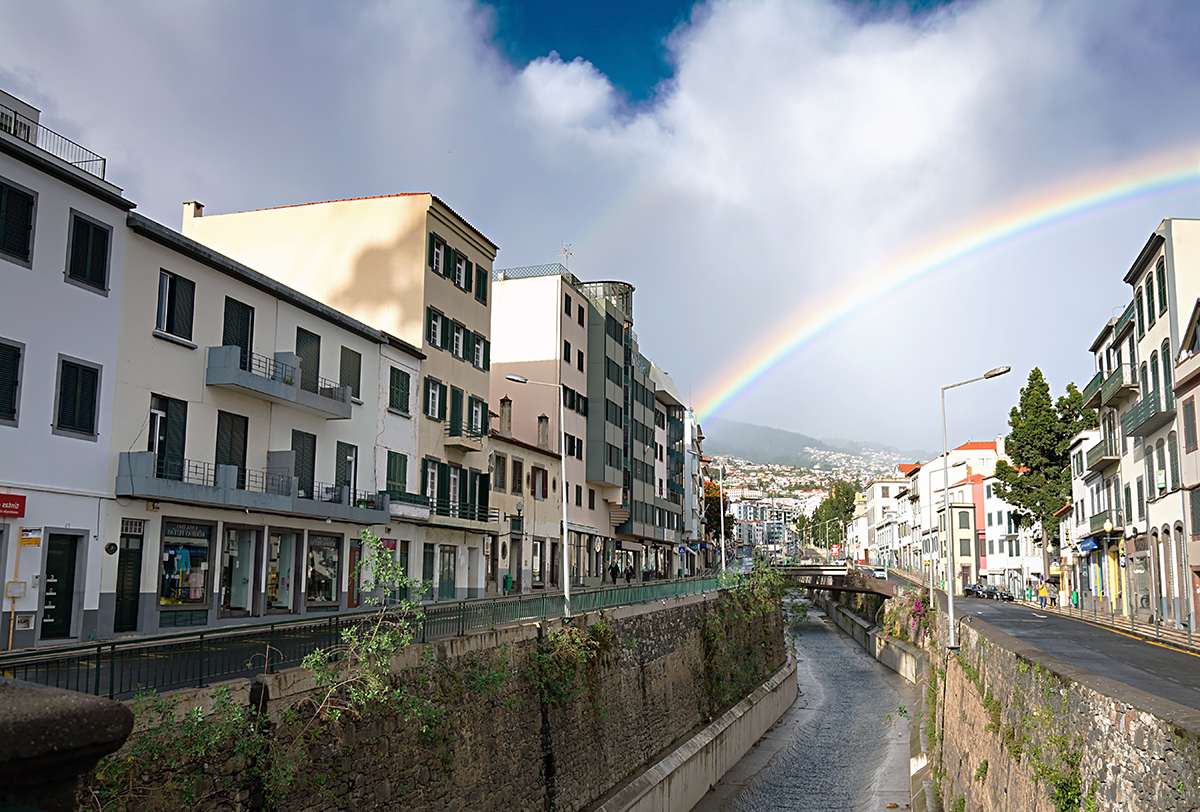Hint: It’s not gold—it’s growth.
In business, loyalty isn’t just a feel-good concept or a marketing buzzword. It’s a hard data-backed strategy that, when done right, unlocks higher margins, reduced churn, lower acquisition costs, and exponential growth. So what lies at the end of the loyalty rainbow? Let’s follow the data trail.
🎯 The Economics of Loyalty
1. Retention Is Cheaper Than Acquisition
- According to Harvard Business Review, acquiring a new customer is 5 to 25 times more expensive than retaining an existing one.
- A Bain & Company study found that increasing customer retention rates by 5% increases profits by 25% to 95%.
2. Loyal Customers Spend More
- McKinsey found that members of paid loyalty programs are 60% more likely to spend more on the brand after subscribing.
- Adobe’s Digital Index reports that returning customers generate 3 to 7 times more revenue per visit than one-time shoppers.
3. They Also Refer More
- According to Nielsen, 92% of consumers trust recommendations from friends and family more than advertising.
Extole reports that referred customers are 4 times more likely to convert and have a 37% higher retention rate.
🔄 Loyalty as a Growth Engine
Loyalty programs aren’t just about discounts and points—they’re data engines and behavior-shaping machines.
1. Customer Lifetime Value (CLV) Uplift
- Companies with strong loyalty programs see a 20–40% increase in CLV on average (Accenture).
- KPMG reports that 86% of loyal customers will recommend a company to friends and family, significantly amplifying acquisition through organic channels.
2. Reduced Price Sensitivity
- Forrester research shows that 66% of consumers modify spending to maximize loyalty benefits—even if a competitor offers a lower price.
3. Behavior Modification
Oracle’s CrowdTwist platform data showed that personalized loyalty programs increased customer engagement by 80% and frequency of purchase by 2x.
🧠 The Psychology Behind It
Humans are predictably irrational. Loyalty programs leverage cognitive biases like:
- Endowment Effect: Once a customer accumulates points, they assign more value to the program.
- Loss Aversion: Tier-based systems (e.g., Gold, Platinum) create psychological barriers to switching due to fear of losing status.
Reciprocity: Offering exclusive rewards makes customers feel a desire to “give back” by staying loyal.
📉 The Cost of Disloyalty
Failure to implement a loyalty strategy can be fatal in competitive environments.
Case Example: JCPenney’s Misstep
- In 2012, JCPenney removed discounts and loyalty initiatives under CEO Ron Johnson.
- Result: A 25% drop in sales within a year and a 50% stock price crash. Customers didn’t just dislike the changes—they left.
Sector Example: Grocery Wars
- When Kroger revamped its loyalty program (Kroger Plus) it increased digital engagement by 93% in the first year.
Competitors without loyalty tools lost market share—particularly in the high-frequency shopper segment (Source: Progressive Grocer). million members and a 95% retention rate for Diamond-tier members, it’s a testament to what happens when the tech is tailored to the customer.
🔍 Loyalty by the Numbers (2024 Data)
| Metric | Stat |
| Average number of loyalty programs per consumer | 16.6 (Statista) |
| Active usage rate | 44% (Bond Loyalty Report) |
| Top reason for joining | Discounts (61%), Personalized Offers (48%) |
| Industries with highest ROI from loyalty | Retail, QSR, Travel, Gaming (Bain & Company) |
| Loyalty tech market growth | Expected to reach $18.2B by 2030 (CAGR 10.8%) |
🛠️ What Loyalty Achieves: A Strategic Recap
- Stronger Margins – Loyal customers are less sensitive to price.
- Higher Frequency – They buy more, more often.
- Better Feedback – They participate in surveys, reviews, and social proof.
- Viral Growth – Their advocacy replaces a chunk of your ad spend.
- Predictable Revenue – Better forecasting through known buying patterns.
More Valuable First-Party Data – Loyalty systems collect invaluable behavioral insights.
🌈 So, What’s at the End of the Rainbow?
Not a pot of gold—but something far more valuable:
Predictable, compounding, data-driven growth.
In a world where CAC (Customer Acquisition Cost) is rising and consumer attention is splintered, loyalty is no longer a nice-to-have—it’s a strategic imperative. Businesses that understand, design, and deploy the right loyalty program don’t just retain customers—they build communities, brand evangelists, and long-term enterprise value.
And the best part?
That rainbow isn’t imaginary. You just need the right map to get there.








